Mosteiro dos Jerónimos
The Mosteiro dos Jerónimos or Monastery of St. Jerome in English is a UNESCO World Heritage Site located in Lisbon’s Belém district. This architectural wonder is the greatest example of Portugal’s Manueline style but above all, it is a symbol of Portugal’s grandeur during its golden age.
A masterpiece of 16th-century architecture in Portugal, the Monastery of Jerónimos is located in one of Lisbon’s most noble areas, a both historical and monumental setting overlooking the Tagus River. On the monastery’s imposing façade, extending for about three hundred metres, stands the Church’s richly decorated South Portal boasting images of Portugal’s Patron Saint, St. Michael the Archangel (on top) and Our Lady of Belém or Our Lady of Reis (at the centre).
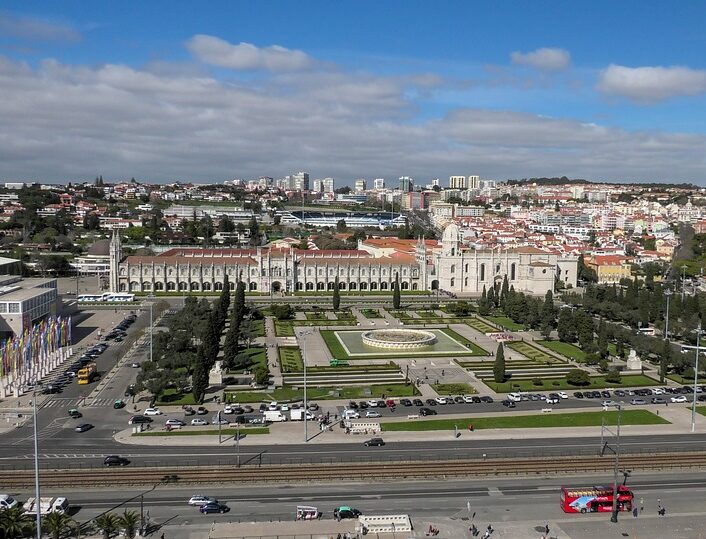

Built during the reign of King Manuel I in 1502 the monastery is also linked with Vasco De Gama since it was the place where he & his crew spent their last night in Portugal praying before leaving for their famous voyage to India. It is also the place where he & other important national figures like the poet Fernando Pessoa are buried. The unique nautical elements and sculptural details, the elaborate architectural elements are a true apotheosis of the Manueline style that will leave you speechless.
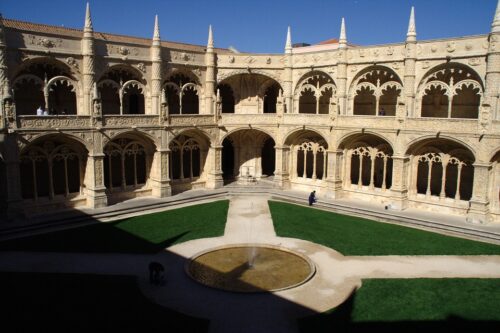
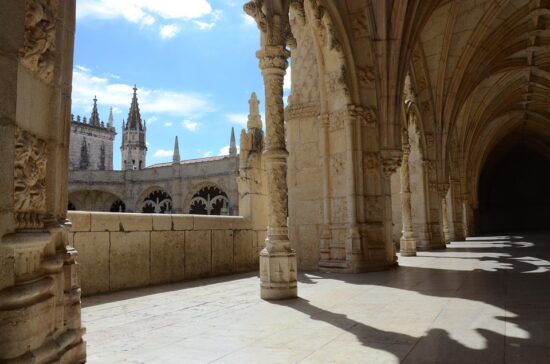
Being symbolically linked to one of the most important moments of national recollection, the Monastery of Jerónimos (or the Royal Monastery of Saint Mary of Belém), was founded by King D. Manuel I in the beginning of the 16th century. Works began precisely at the turn of the century as the first stone was laid on the symbolic date of 6 January (Kings’ day) of 1501 or 1502. The monastery was donated to the Hieronymus monks, who stayed on till the second quarter of the 19th century.
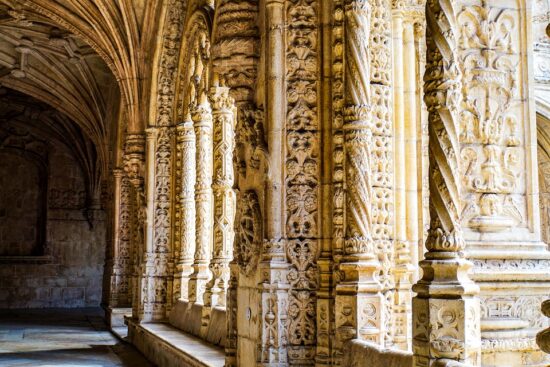
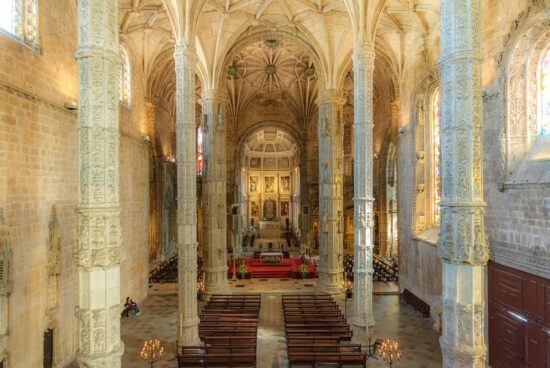
It is a true “chant” to the Manueline style, as can be seen by the profusion of religious, nautical and regal elements that have been perpetuated in stone. Apart from its Manueline church, the monastic complex still preserves most of the magnificent structures that contributed to its international recognition, including its 16th-century Cloister, the former monks’ Refectory and the former Library. More

